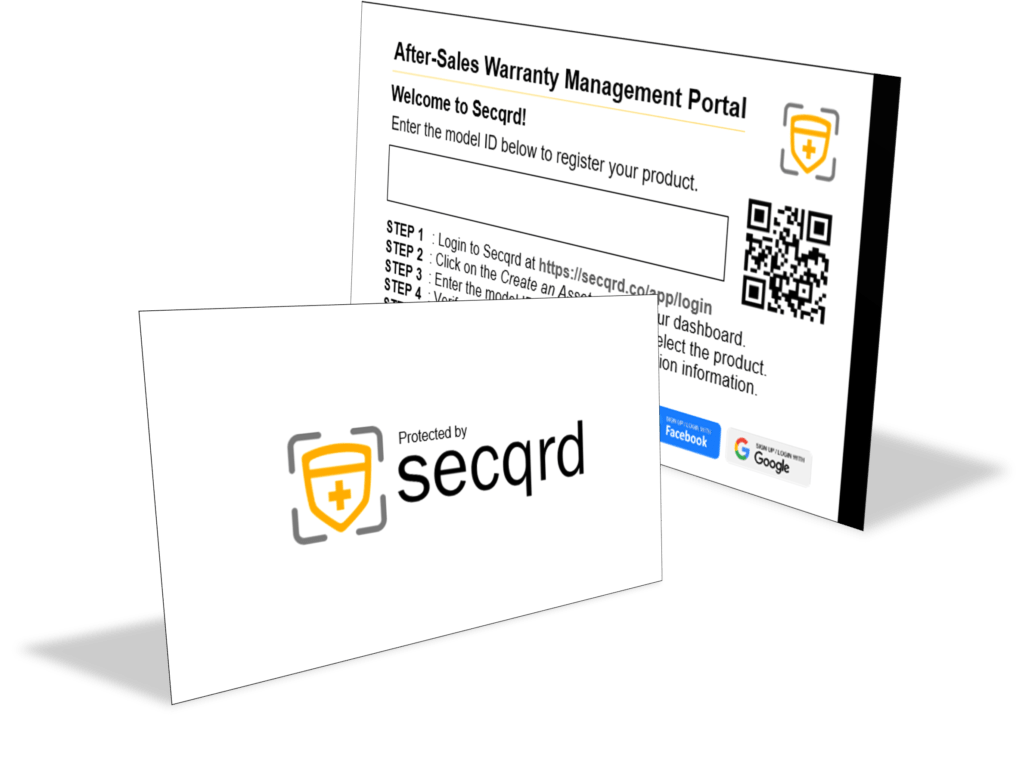This article was originally authored by RESOURCE Media and published on their official website dated 28th March 2023. SECQRD.COM does not claim the ownership of this article and is merely republishing the article for general public view in line with supporting the common mission to promote sustainable use of products globally in the effort to reduce wastages. All IP and copyright of the content and images in this article belongs solely to RESOURCE Media and the relevant brands.
Each person in the UK consumes on average 15.3 tonnes of material each year, compared to the global average of 12.2 tonnes per capita. Of the materials used in the UK, 7.5 per cent is recycled or given a second life, with the rest likely lost to landfill or incineration.
The UK’s per capita material use is nearly double sustainable levels of eight tonnes per person per year, says the new ‘Circularity Gap Report’ released today (29 March) by Deloitte and Circle Economy.
Circular Economy Report Findings

The report examined the UK economy’s material use for the first time and has found that adopting more circular, sustainable solutions could cut material use by 40 per cent which in turn could decrease the UK’s carbon footprint by 43 per cent. Globally, 70 per cent of emissions come from the use and handling of materials.
In the UK, 7.5 per cent of the materials used per person end up being used again, slightly above the global average of 7.2 per cent. The remaining 92.5 per cent of materials do not see a second life for a variety of reasons.
The report states that 20.6 per cent of these materials that are not used again find their way into long-lasting uses or applications such as buildings and infrastructure. A further 15.6 per cent are renewable or carbon-neutral biomass, such as forest residues, food crops and manure. An additional 41.7 per cent are non-renewable inputs, such as metals, rock, chemicals, glass and plastics. 13 per cent comes from non-circular inputs, such as fossil fuels for powering industry, transport and heating. The final 1.4 per cent is non-renewable biomass – biomass that is not carbon-neutral, such as grass. These figures are approximate and do not sum due to rounding.
The UK is also highly reliant on international trade to satisfy its demand for materials which inflates its already large emissions profile. In 2019, 20 per cent of the country’s virgin material were extracted domestically with the remaining 80 per cent coming from overseas – either as materials or finished products. The UK also exports slightly more than half of its domestically extracted materials.
This overconsumption of materials has an effect on waste management. Of all the waste treated in the UK, around 56.5 per cent is recycled, while five per cent is incinerated and 24 per cent is landfilled. The remaining 15 per cent is treated in wastewater treatment plants or spread on land after having been treated in anaerobic digestion plants.
The UK exhibits low recycling rates for chemical and medical waste (0.6 per cent) and animal and vegetal waste (3.4 per cent), moderate rates for traditional recyclables (13 per cent) – such as glass, some plastics and aluminium – and mixed residual waste (14 per cent), and very high rates for mineral waste (68 per cent) from mining and coal processing. The country exports much more recyclable waste (15.1 million tonnes) than it imports (1.8 million tonnes), due to a lack of domestic recycling infrastructure.
Six Categories to Narrow UK's Circularity Gap

The report points to the adoption of circular economy principles as the solution. The recommendations fall under six categories to tackle material use and lower emissions while narrowing the UK’s Circularity Gap:
- Build a circular built environment;
- Shift to a circular food system;
- Champion circular manufacturing;
- Rethink transport and mobility;
- Welcome a circular lifestyle;
- Tackle the UK’s import footprint.
Solutions to UK Consumption of Materials
The report states that if the UK was to implement all of its recommendations, the economy could become 14.1 per cent circular—almost double the current level of 7.5 per cent – and start closing the circularity gap.
In terms of circular lifestyle practices, the report recommends that as a population, the UK starts buying fewer goods and extending their lifespan, keeping vacation travel closer to the UK, and eating less meat.
Notably, the report also points to mass insulation as an area of improvement for UK infrastructure. UK buildings are older and have poorer energy labels than the European average and require insulation to greatly reduce energy consumption and make the industry more circular.
The Circularity Gap Report also concludes that the UK’s waste management sector will require heavy investment in domestic high-value reuse and recycling infrastructure, such as electric arc furnaces, deconstruction hubs and other sorting, recycling and reuse infrastructure, to encourage secondary materials to be kept within the UK economy.
David Rakowski, circularity partner at Deloitte, commented: “With only 7.5 per cent of materials that flow through the UK economy used again, a circularity gap exists. While this is a sustainability challenge the country must overcome, it is also an opportunity for businesses to learn, adapt and grow.
“Adopting sustainable practices and taking a circular approach is ultimately good for business, consumers and for the planet. UK businesses must start to consider to what extent their supply chains and the goods they produce are geared towards single use. Piloting strategies that allow them to ensure products are created in a sustainable way, to be used and reused, is key to ensuring their own growth, as well as decreasing the country’s carbon footprint.

Secqrd is an after-sales engagement tool tailored for products that are sold with a warranty. We connect merchants directly with buyers via e-warranty registration, enabling in-app communication, issue loyalty vouchers, data analytics and merchants can upsell 20+ addons to buyers after an initial sale.
 United Kingdom
United Kingdom  Singapore
Singapore  Australia
Australia